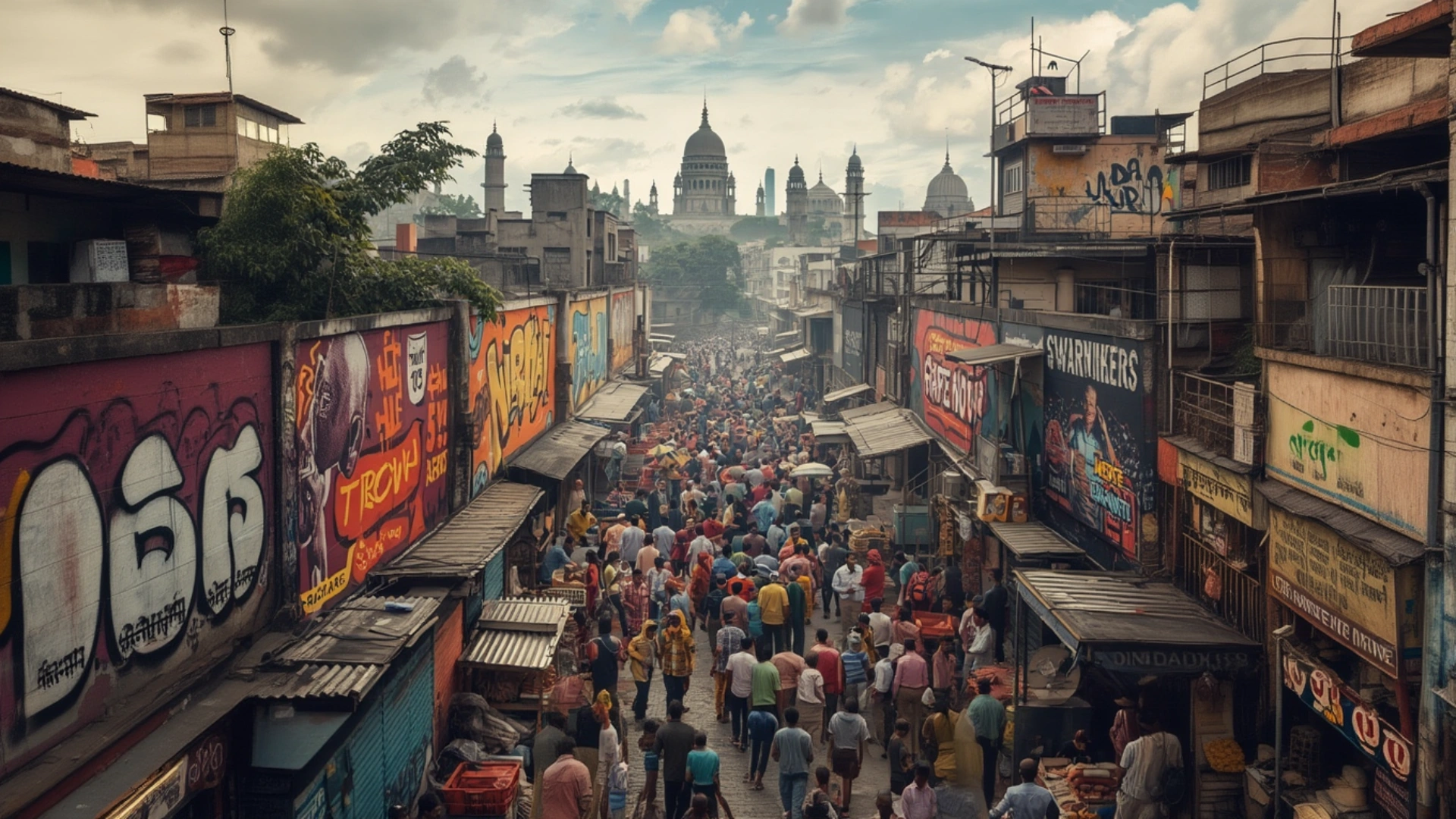


Picture this: You’re walking down the street, lost in thought, when suddenly something unexpected grabs your attention; maybe it’s a bench that transforms into a product display, a vending machine giving out surprises, or a wall turned into a playful experience. That moment you stop, smile, take out your phone, and maybe even tell a friend; that’s guerrilla marketing at work.
Unlike traditional advertising, guerrilla marketing relies on creativity and surprise rather than massive budgets; it turns ordinary spaces into opportunities for engagement and allows brands to connect with audiences on an emotional level. At its heart, it’s about making people feel something memorable and shareable; it’s marketing that lives in the experience, not just in a scroll or a glance.
Guerrilla marketing isn’t new; it emerged in the 1980s when Jay Conrad Levinson challenged the norms of advertising. In his 1984 book Guerrilla Marketing, Levinson introduced a bold concept; brands don’t need deep pockets to make a big impact; they need to be unforgettable.
At the time, businesses relied heavily on expensive billboards, print ads, and TV spots; small enterprises often didn’t stand a chance. Guerrilla marketing changed the game; it gave brands a creative weapon to compete with the giants. The strategy was revolutionary; it emphasized resourcefulness, ingenuity, and the ability to turn public spaces into powerful communication tools.
The term comes from guerrilla warfare; unconventional tactics that rely on surprise, strategy, and agility, rather than size or resources. In marketing, the principle is the same; instead of shouting loudly, brands whisper smartly in the right places, leaving audiences talking long after the experience. Guerrilla marketing works because it is human-centric, interactive, and emotionally engaging; it doesn’t interrupt — it invites.
Over the decades, guerrilla marketing has moved from purely offline to a 360-degree marketing approach; successful campaigns combine real-world experiences with digital strategy, ensuring the audience not only participates but also shares the story online.
At its core, guerrilla marketing is about surprise, emotion, and experience; it is not a campaign people scroll past; it’s one they live through and remember. Unlike standard brand strategy tactics, it emphasizes interaction and immersion, turning audiences into participants rather than passive observers.
Key features include:
What started as a street-side phenomenon has evolved into a digitally amplified revolution; a single stunt can move from a park bench to Instagram, TikTok, and YouTube in hours. At Asense Branding, we view guerrilla marketing as a core pillar of integrated brand strategy; it allows us to combine physical activations with digital marketing and digital branding efforts, creating campaigns that are impactful both on the street and online.
In our experience, a guerrilla activation becomes a story people want to share; it strengthens overall 360-degree marketing efforts by connecting offline creativity with online engagement. When executed strategically, it not only builds awareness but also reinforces brand identity, making the audience feel part of the journey.
In a world saturated with ads, audiences tune out traditional messaging; guerrilla marketing stands out because it is human, raw, and experiential. Unlike sponsored posts or pop-up banners, it invites participation and sparks conversation; it engages audiences on a level that passive media cannot reach.
Whether you’re a small business with big ambitions or a global brand seeking fresh visibility, guerrilla marketing gives you a way to be remembered without shouting; a single bold idea, executed in the right moment, can have more impact than a million-dollar ad campaign; and the best part; it turns your audience into storytellers, organically amplifying your brand message.
At Asense Branding, we believe guerrilla marketing is not just a tactic; it is a strategic approach that complements a holistic brand strategy; when combined with digital marketing, digital branding, and 360-degree marketing initiatives, it transforms campaigns into memorable experiences that resonate with audiences long-term.
Our philosophy is simple; creativity should meet strategy; each activation should tell a story while aligning with the brand’s identity and business objectives; by leveraging guerrilla marketing in tandem with digital channels, we help brands cut through noise, generate authentic engagement, and create moments that matter; in today’s competitive landscape, it’s not just about being seen; it’s about being remembered.